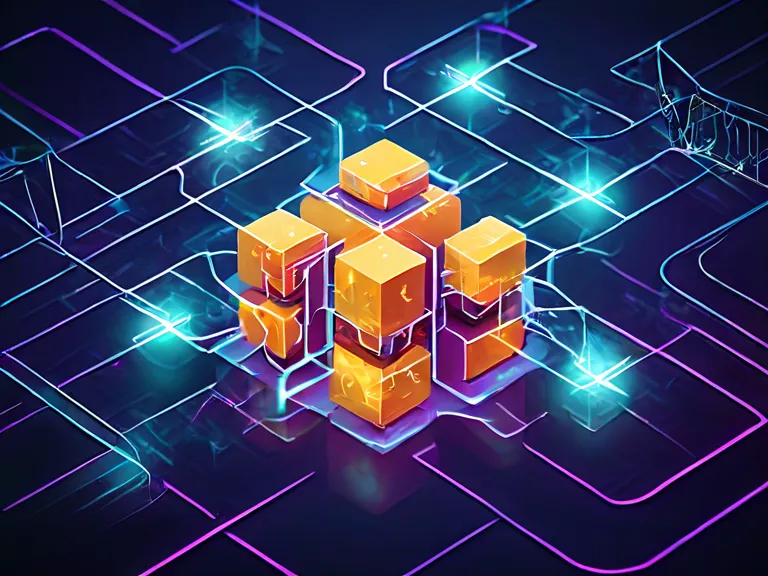
Blockchain technology plays a crucial role in securing non-fungible token (NFT) assets by providing a decentralized and transparent way to authenticate ownership and track digital assets. However, there are challenges that come with this innovative technology. In this article, we will explore the role of blockchain in securing NFT assets, the challenges faced, and potential solutions to overcome them.
One of the main advantages of using blockchain for NFT assets is its ability to provide an immutable and tamper-proof ledger of ownership. Each NFT is assigned a unique token ID which is recorded on the blockchain, ensuring that ownership of the asset can be easily verified and traced back to the original creator. This eliminates the risk of counterfeit or unauthorized duplication of NFT assets.
However, blockchain technology is not without its challenges. One of the main issues faced by users is the high transaction fees associated with minting, buying, and selling NFT assets on blockchain platforms. These fees can sometimes be prohibitive, especially for smaller artists and creators looking to enter the NFT market. Additionally, the scalability of blockchain networks can also pose a challenge when it comes to handling a large volume of transactions quickly and efficiently.
To address these challenges, developers and blockchain experts are exploring various solutions. One approach is to implement layer 2 scaling solutions such as sidechains or off-chain protocols to help reduce transaction costs and increase the speed of transactions. Another solution is to explore alternative blockchain networks that offer lower fees and better scalability for NFT transactions.
In conclusion, blockchain technology plays a vital role in securing NFT assets by providing a decentralized and transparent way to authenticate ownership. While there are challenges to overcome, developers are working on solutions to make the NFT market more accessible and efficient for all users.



